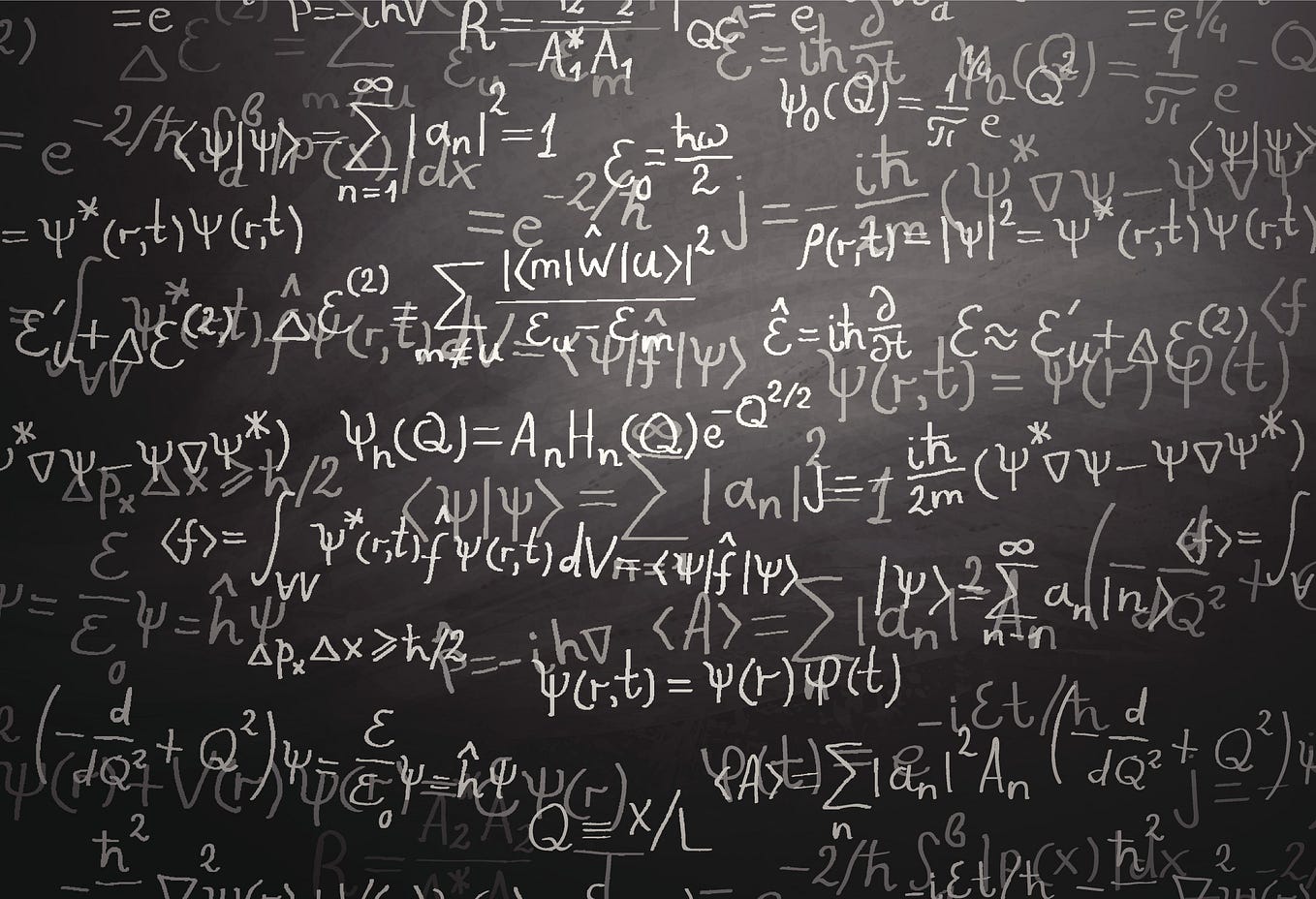
What is the Schrödinger Equation? It's the backbone of quantum mechanics, describing how quantum systems evolve over time. Imagine a world where particles behave like waves. This equation helps predict their behavior. Named after Erwin Schrödinger, it’s a fundamental piece of physics. Without it, understanding atoms, molecules, and even light would be impossible. Think of it as a rulebook for the tiny particles that make up everything around us. From the smallest electron to the largest molecule, the Schrödinger Equation is crucial. Ready to dive into some mind-blowing facts about this equation? Let's get started!
What is the Schrödinger Equation?
The Schrödinger Equation is a fundamental equation in quantum mechanics. It describes how the quantum state of a physical system changes over time. Here are some fascinating facts about this pivotal equation.
-
Erwin Schrödinger formulated the equation in 1925. His work earned him the Nobel Prize in Physics in 1933.
-
The equation is often compared to Newton's second law in classical mechanics, but for quantum systems.
-
It comes in two forms: the time-dependent Schrödinger Equation and the time-independent Schrödinger Equation.
-
The wave function is a core concept in the equation. It provides information about the probability amplitude of a particle's position and momentum.
The Time-Dependent Schrödinger Equation
This form of the equation describes how the quantum state evolves over time. It’s crucial for understanding dynamic systems.
-
The time-dependent equation is written as (ihbar frac{partial psi}{partial t} = hat{H}psi), where (hbar) is the reduced Planck constant, (psi) is the wave function, and (hat{H}) is the Hamiltonian operator.
-
The Hamiltonian operator represents the total energy of the system, including both kinetic and potential energy.
-
This equation is essential for predicting how quantum systems change, such as how an electron moves in an atom.
-
It’s used in various fields, including quantum chemistry, to understand molecular dynamics.
The Time-Independent Schrödinger Equation
This version is used for systems where the Hamiltonian does not depend on time. It’s often applied to stationary states.
-
The time-independent equation is written as (hat{H}psi = Epsi), where (E) is the energy eigenvalue.
-
It helps in finding the energy levels of quantum systems, such as electrons in atoms.
-
This form is crucial for understanding the quantization of energy levels in atoms and molecules.
-
It’s widely used in solid-state physics to study the properties of materials.
Applications of the Schrödinger Equation
The equation has numerous applications across different fields of science and technology.
-
In quantum computing, it helps in designing algorithms that can solve complex problems faster than classical computers.
-
The equation is fundamental in quantum cryptography, ensuring secure communication channels.
-
It’s used in quantum tunneling to explain phenomena like the operation of tunnel diodes and nuclear fusion in stars.
-
In quantum chemistry, it helps predict the behavior of molecules and chemical reactions.
Interesting Facts about the Schrödinger Equation
Beyond its technical applications, the equation has some intriguing aspects.
-
Schrödinger’s famous thought experiment, Schrödinger's cat, illustrates the concept of superposition in quantum mechanics.
-
The equation implies that particles can exist in multiple states simultaneously, a concept known as quantum superposition.
-
It also leads to the idea of quantum entanglement, where particles become interconnected and the state of one instantly affects the other.
-
The equation has inspired numerous science fiction stories and movies, exploring the bizarre implications of quantum mechanics.
Mathematical and Theoretical Insights
The Schrödinger Equation is not just a tool for physicists but also a rich subject for mathematicians.
-
The equation is a partial differential equation, requiring advanced mathematical techniques to solve.
-
Solutions to the equation often involve complex numbers, which have both real and imaginary parts.
-
The equation’s solutions must satisfy boundary conditions, which depend on the physical situation being modeled.
-
It’s closely related to the Heisenberg Uncertainty Principle, which states that certain pairs of physical properties cannot be simultaneously known to arbitrary precision.
Historical and Philosophical Context
Understanding the Schrödinger Equation also involves appreciating its historical and philosophical significance.
-
Schrödinger developed the equation as part of his efforts to understand the wave-particle duality of matter.
-
The equation challenged classical physics, leading to the development of quantum mechanics as a new framework for understanding the universe.
-
It has sparked philosophical debates about the nature of reality, observation, and the role of the observer in quantum mechanics.
The End of Our Quantum Journey
Understanding the Schrödinger Equation opens a window into the world of quantum mechanics. This fundamental equation describes how quantum states evolve over time, providing insights into the behavior of particles at the smallest scales. It’s not just a bunch of complex math; it’s a key to unlocking the mysteries of the universe.
From wave functions to probability densities, the Schrödinger Equation helps scientists predict and explain phenomena that classical physics can’t touch. Whether you’re a budding physicist or just curious about the quantum world, grasping these concepts can be incredibly rewarding.
Remember, the quantum realm is strange and fascinating, but it’s also the foundation of much of modern technology. So, next time you use your smartphone or computer, think about the quantum mechanics at play. The Schrödinger Equation isn’t just theory; it’s a cornerstone of our understanding of reality.
Was this page helpful?
Our commitment to delivering trustworthy and engaging content is at the heart of what we do. Each fact on our site is contributed by real users like you, bringing a wealth of diverse insights and information. To ensure the highest standards of accuracy and reliability, our dedicated editors meticulously review each submission. This process guarantees that the facts we share are not only fascinating but also credible. Trust in our commitment to quality and authenticity as you explore and learn with us.


